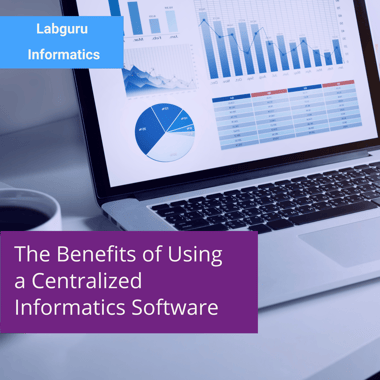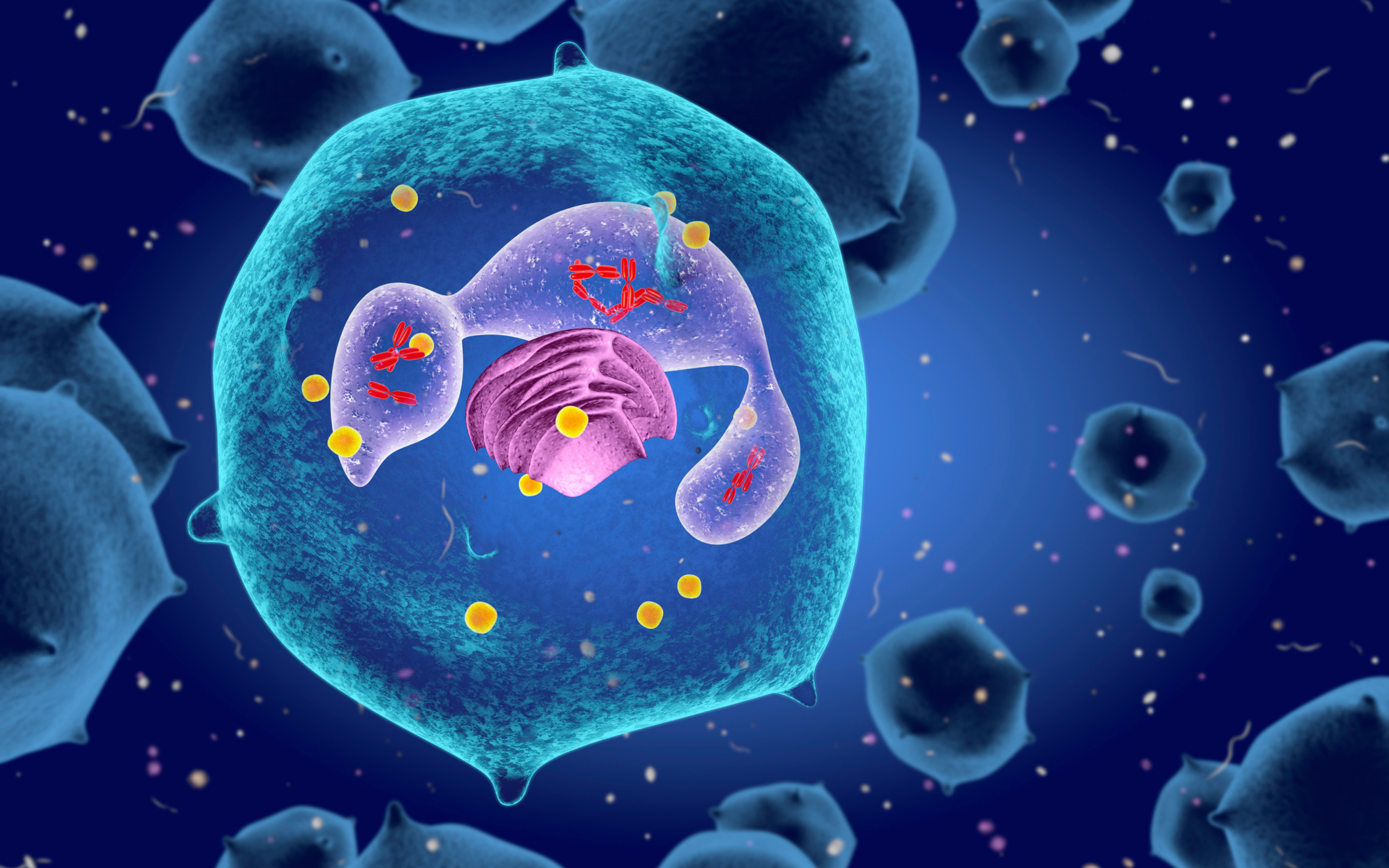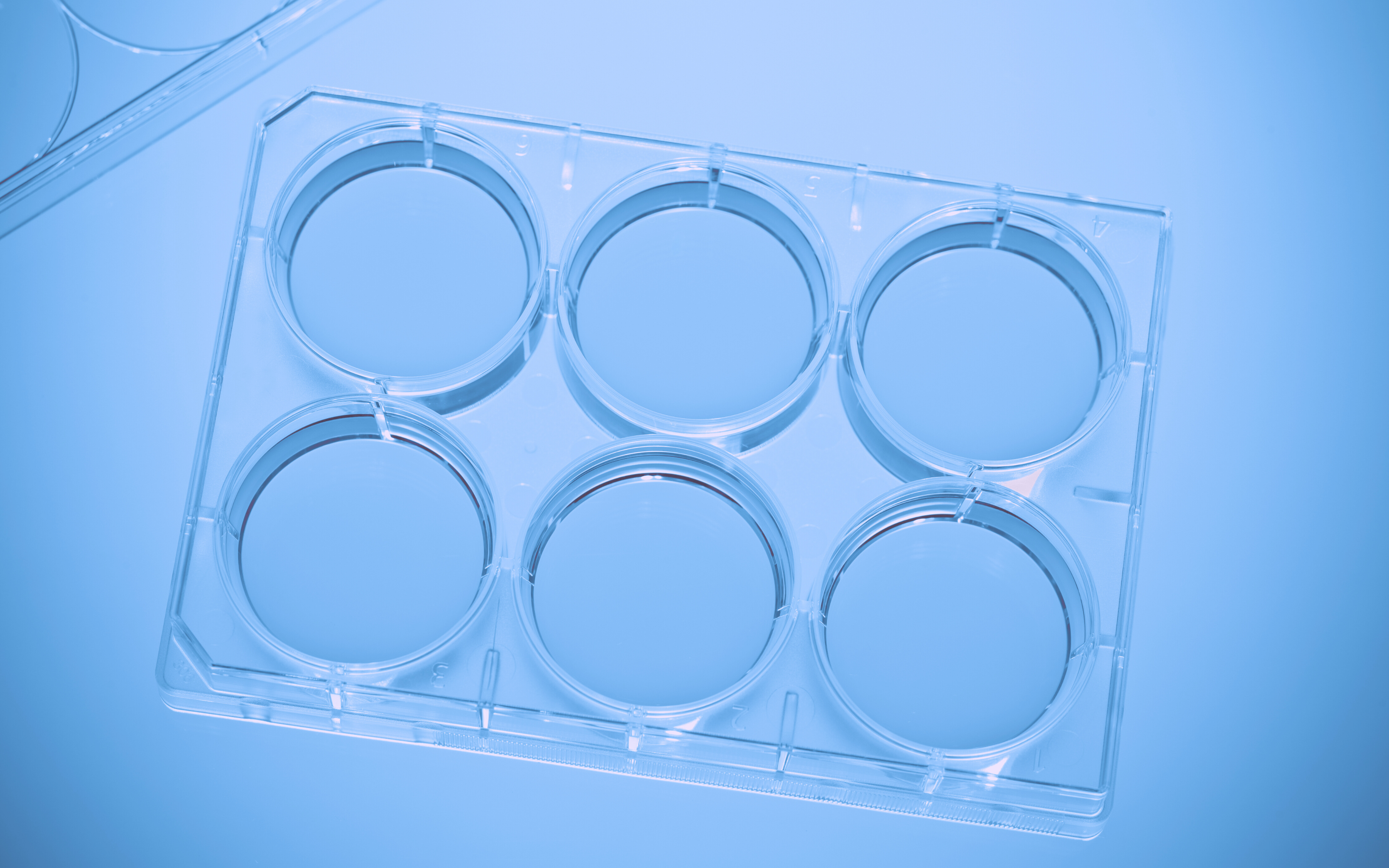One of the main challenges for modern life-science laboratories is dealing with data in large amounts and varied forms. Most research projects involve large teams, multiple sample types and instruments and complex, evolving experiments. In order to become data-driven, labs must derive comprehensible and reliable information from all these sources, analyze it and use it for decision making.
There are several approaches to this task. Today we shall discuss the benefits of using an all-in-one solution — ELN (Electronic Lab Notebook) + LIMS (Laboratory Information Management System) + informatics software — over other methods.
Accurate Data
Many labs still use paper lab notebooks. This can easily cause information loss and human error. Other labs use separate, siloed lab information systems for different functions in the lab. This is a better approach, but still not ideal - you still have to piece together information from different locations and doubt the accuracy of records.
With an ELN + LIMS + informatics system, data can be traced back to samples and different stages of an experiment, and the full history of each record can be easily looked up. The information is securely stored in a database, protected against theft and loss.
Simple and Quick Analysis
It’s difficult to see the big picture and reach conclusions when information is scattered across separate systems and locations. A centralized ELN and informatics software makes reaching conclusions becomes much easier: for example, if a certain culture has shown the desired effects, you can easily identify the conditions that generated it and review the progress of its development, since all that information is recorded in the same place and easily accessible.
The best electronic lab notebook and informatics system will also let you visualize datasets from various test types related to the experiment and create graphs, tables and charts, as well as analyze them with pre-made or custom queries to answer more complex questions.
The experiment can also be easily repeated, using the protocols that have already been saved.
Improved teamwork
Collaboration between team members becomes much more smooth when everyone relies on the same trustworthy information center. Experiments where different stages are performed by different scientists can still be easily viewed as whole with an informatics system, and handoffs happen more quickly with no information loss in-between. Even international organizations with teams in different countries can produce real-time data and make quick decisions on the continuation of the project.
Easy Informatics Software System Administration
When using a single centralized informatics software, new extensions and queries can be easily developed to process all of the research data. Integrations with external information sources or analysis solutions are much easier, since you only have to integrate with one main platform.
Efficient Research Management
The work of research management becomes easier as well. You can make decisions and plans based on the data gathered from experiments, and immediately take all steps necessary to make sure they happen: assign tasks to lab members, schedule equipment sessions and order supplies.
During a project, a centralized information system helps you stay updated on the number of open tasks and see their status. You can see the current workload per member and average completion time, as well as check the amounts of remaining supplies and receive alerts when something is running low.
To learn more about how Labguru can help you with informatics and data-driven decision making, download our Dashboards presentation:


%20(4).png)

